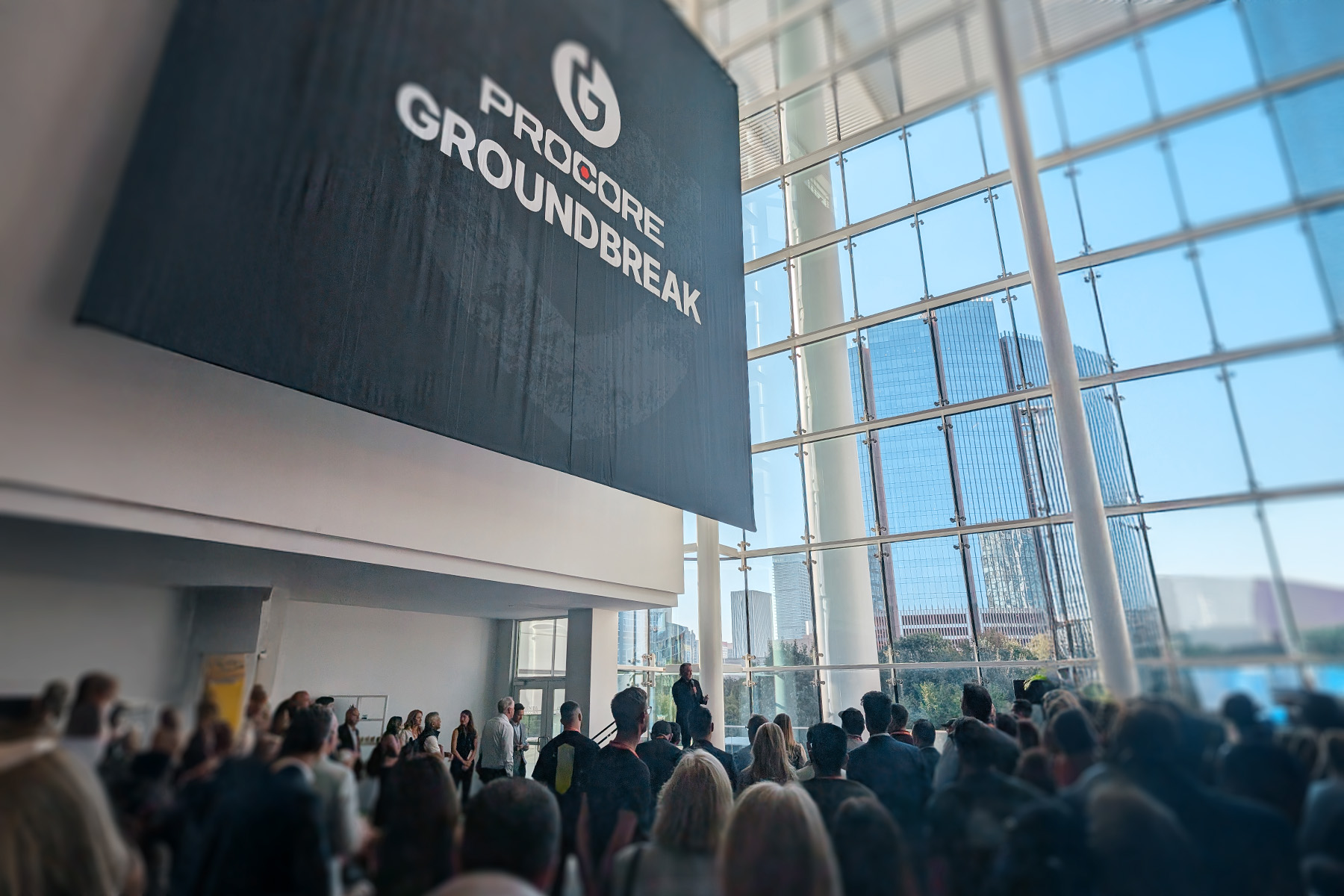A construction draw schedule is an agreement between the lender, builder, and borrower that outlines when the builder will be paid for their work. In construction projects, payments are made throughout the course of the project rather than in a lump sum before or after. This is because construction can be a lengthy process and the builder needs to be paid for materials and labor as they go.
Most construction projects are financed in whole or in part by a third-party lender, which means that understanding the draw process is crucial for the successful completion of a construction project.
Understanding construction loan draw requests
The draw schedule is the starting point. Construction loan draw schedules detail the payments for the project. The project is typically divided into milestones or phases. The owner or project manager will submit a detailed report of the work completed at certain points in the project according to a draw schedule. As proof of the work performed, this report should be substantiated by a bundle of various documents. Payment will be released if everything checks out. The bundle is commonly known as a draw request.
The draw request document bundle
There is more to a draw request than just a simple form. Funds are requested by submitting a bundle of documents to the lender. The purpose of these documents is to provide clear evidence of work that has been completed and support the costs associated with reaching the milestone of the draw. The draw amounts are determined by the breakdown of costs for that specific milestone. The lender determines the paperwork needed for each draw (and sometimes the state). But first, let's look at the standard supporting materials that go with every draw request.
Invoices and receipts
The most important part of any draw request is going to be the invoices and receipts for the work completed. These should itemize every cost associated with completing the work up to that point. This might include things like:
- Materials
- Equipment rentals
- Labor costs
- Permits
- Any other miscellaneous costs
If the work was completed by the builder themselves, they will need to provide a detailed accounting of all the materials used, equipment rentals, and labor costs. Any permits or other miscellaneous costs should also be itemized. These invoices and receipts should be submitted along with the draw request form.
Schedule of values
A schedule of values is a document that outlines the value of each component or phase of work in the construction project. This is submitted along with the draw request to show how much should be paid out for the current milestone. The schedule of values typically breaks down into percentages so that as work is completed, the corresponding percentage of funds can be released.

Lien releases
In some states, lien releases may be required with each draw request. A lien release is a document signed by the subcontractor or supplier indicating that they have been paid in full for the work completed during the specified period. This protects the owner and lender from having to pay for the same work twice if the subcontractor or supplier were to file a lien on the property.
Construction contracts
The construction contract is another important document that should be included with each draw request. This outlines the agreement between the owner and builder and includes details such as project scope, schedule, and price. The construction contract can provide valuable information to the lender about what work should have been completed during the specified period.
Change orders
A change order is a document that outlines any changes made to the scope of work, schedule, or price after the construction contract has been signed. These should be included with the draw request as they can affect the amount of money being requested. Change orders can also help to substantiate additional costs incurred during the project.
How Much Time Does This Process Take?
Lenders using a manual draw process report that it takes 5-7 days to turn around a draw request. While this is a typical method to measure turn times, it’s actually a limited view of the entire construction draw process. What lenders may not realize is the extent of time before and after a draw that adds up to be a part of the entire draw processing time for their contractors. In order for a contractor to get paid, they have to first submit a request (preferably electronically) and then wait for the lender to approve it.
The Solution?
In order to support a faster draw turn time, keep projects on track, and gain repeat business from laborers, contractors must turn to technology. Contractors using digital solutions through inBuild are processing construction draws with more transparency and in less time!
By using a digital construction loan management platform, like inBuild, contractors and lenders can process construction draws in less than the average 55 days it takes. This allows contractors to get paid faster and helps to keep projects on track.
inBuild has an AI that handles accounts payable solutions to save your team countless hours on manual data entry, streamline your accounting processes, and enable you to grow your business faster.
To learn more about how you can turn around your construction loans faster, schedule a demo with our team. With our AI accounts payable solution, you could save your team countless hours on manual data entry and streamline your accounting processes so that you can grow your business faster.











